India now has specialised submarime rescue system
Even as the nuclear submarine, INS Arihant has propelled India into an exclusive club, plans to build additional conventional submarines has slowed down with no follow orders to the Kalvari class, the six Scorpenes being built at the Mazagon Docks Limited (MDL).
The strategic community, including the Indian Navy, has been waiting for the Government to announce the project 75(I), or the follow on to the Scorpene. This even as China continues to build rapidly.
Prime Minister Narendra Modi announced in November that India’s nuclear triad in complete – means the ability to launch nuclear weapons from under the sea, from air and from land based platforms. In case of nuclear submarines, the Arihant puts India in an exclusive league of nations – the US UK, Russia, France and China — who have the ability to do this.
In case of the follow on order to the Scorpene, the Strategic Partnership model or the SP Model caused the delay. It is promising but nothing has happened. The Ministry of Defence has okayed making of helicopters, fighter jets, submarines and armoured fighting vehicles/Tanks under this project. On paper its promising and envisages indigenous manufacturing of major defence platforms by an Indian strategic partner, who will collaborate with foreign OEM, acquire niche technologies and set up production facilities in the country. In reality, the complexities of the SP Model have so far not been understood by either the Indian Industry or the foreign partners.
China’s prowess is the threat: China had entered this exclusive club with its SSBN making its first deterrent patrol in December 2015.The US Department of Defence, on August 16 last year presented its annual report to the Congress titled ‘Military and Security Developments Involving the People’s Republic of China 2018’. It says “Modernization of China’s submarine force remains a high priority. It currently operates 4 nuclear powered (SSBN), 5 nuclear-powered attack submarines (SSN), and 47 diesel-powered attack submarines. China’s four operational JIN-class SSBNs represent China’s first credible, sea-based nuclear deterrent. India, besides the Arihant, operates the nuclear powered INS Chakra which is on lease from Russia and another 14 diesel-electric vessels. In comparison India has only 13 conventional submarines, one SSBN the INS Arihant and one INS Chakra, a Russain Akula class on lease.
The Submergence rescue: In December last, the Indian Navy’s commissioned the first flyaway Deep Sea Submarine Rescue System. Procured from the James Fisher and Sons Pvt. Ltd, UK, the capability is significant and pioneering jump in the Indian Navy’s capability in deep submarine rescue.
The Indian Navy currently operates submarines of the Sindhughosh, Shishumar, Kalvari Classes as well as nuclear powered submarines. The operating medium and the nature of operations undertaken by submarines expose them to high degree of inherent risk. In such an eventuality, traditional methods of search and rescue at sea are ineffective for a disabled submarine.
To overcome this capability gap the Navy has acquired a third generation, advanced Submarine Rescue System consisting of a Non-tethered Deep Submergence Rescue Vehicle (DSRV) and its associated equipment. The system can search, locate and rescue crew from a disabled Submarine. The Deep Sea rescue system would have a global footprint and can be mobilised from the Naval base at Mumbai to the nearest mobilisation port by air/land or sea. It can be quickly flown on the IAF C-17 plane.
The system is capable of undertaking rescue from a disabled Submarine upto 650 meters depth. It can rescue 14 personnel from a disabled Submarine at one time and can operate in extreme sea conditions.
What is the prowess of the Arihant: Made indigenously. It is first of the four SSBN’s that India proposes to build. The design is based on the Russian Akula-1 Class. It weighs 6,000 tonne, has a length of 110 metres and 95-strong crew. It is powered by a 83MW pressurised water reactor (PWR) developed by the Bhabha Atomic Research Centre with assistance from a Russian design team. The Indian Navy, BARC and Defence Research and Development Organisation (DRDO) have done the feat at naval dockyard in Visakhapatnam. Other companies involved in its development are Tata Power, a division of Tata Group and Larsen & Toubro (L&T), a technology, engineering, construction and manufacturing company.
It is currently armed with 12 B-05/ K-15 SLBMs (submarine launched ballistic missiles), which have a range of 750 km. Its arsenal of four K-4 SLBMs, with a range of 3,500 km, is yet to pass trials. Three other SSBNs are being built. A second SSBN, the Arighat, launched last November, is expected to join the navy in a few years.





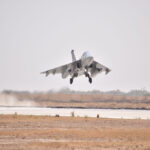
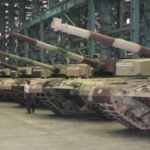
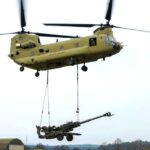

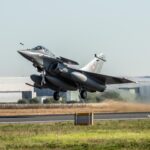



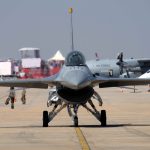

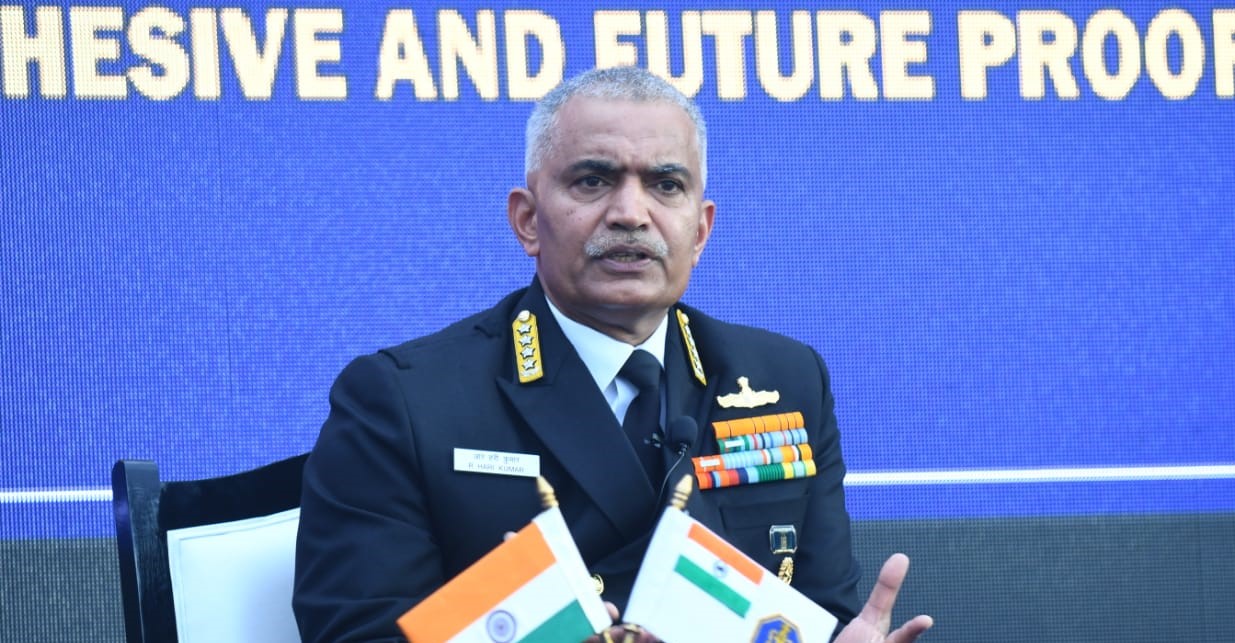
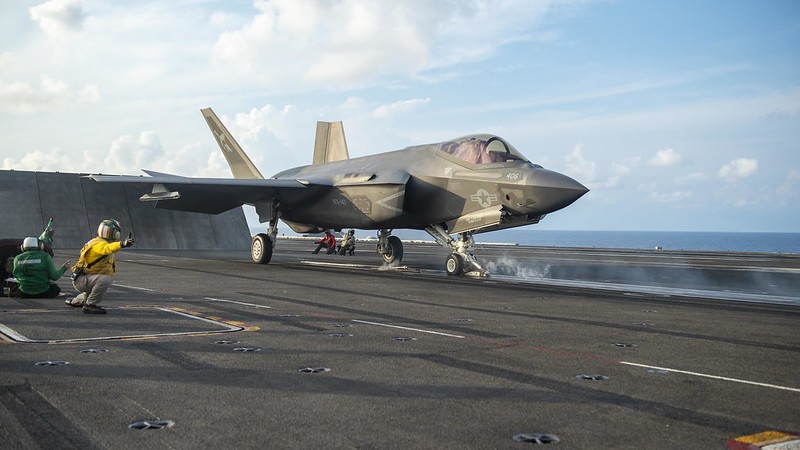
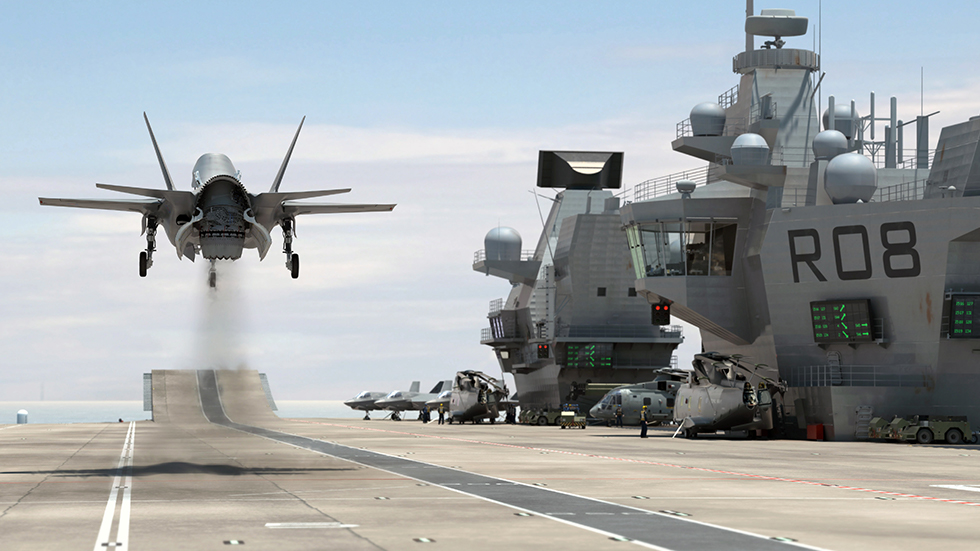
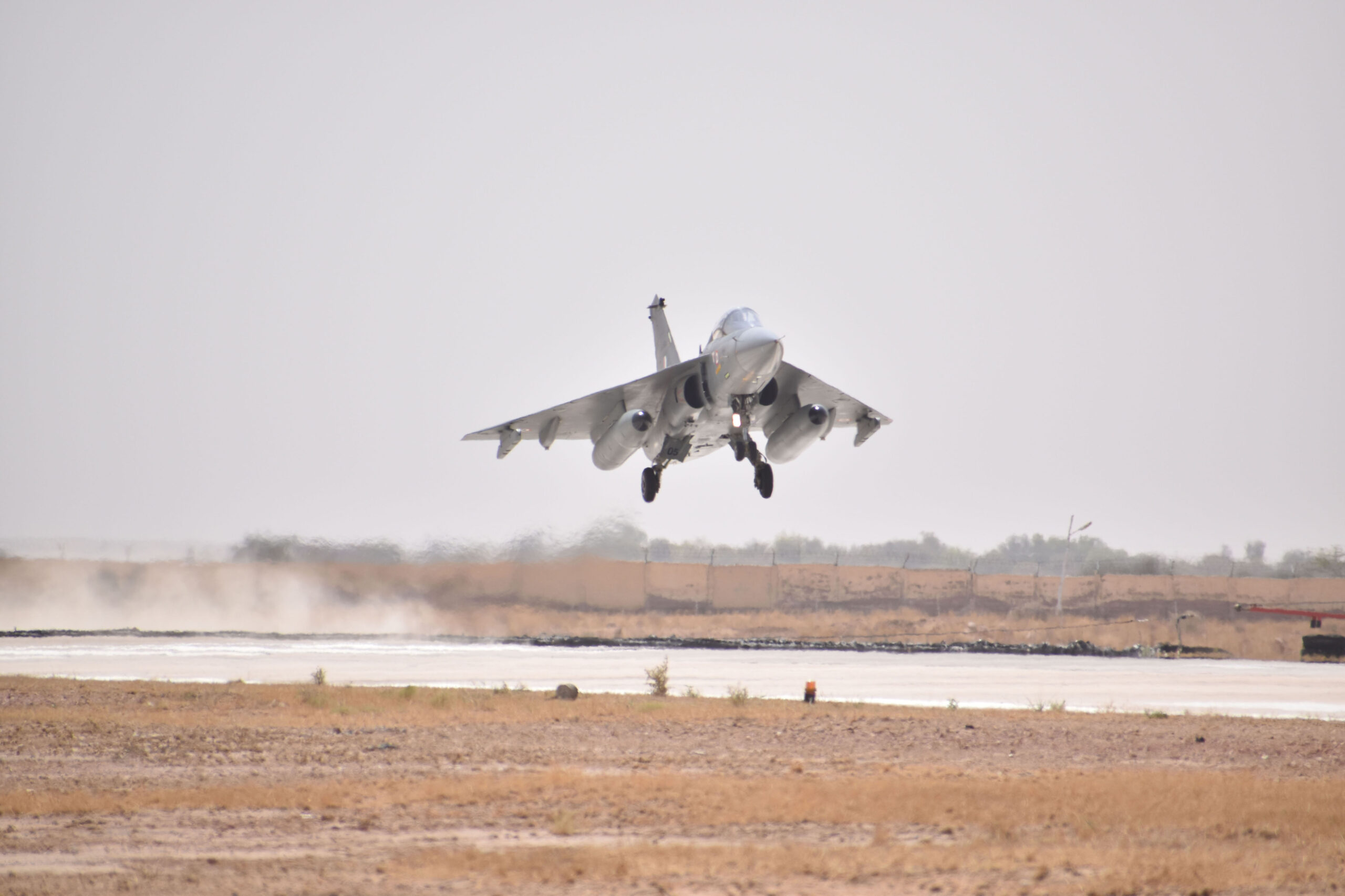
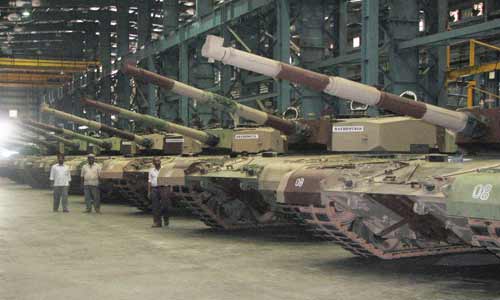
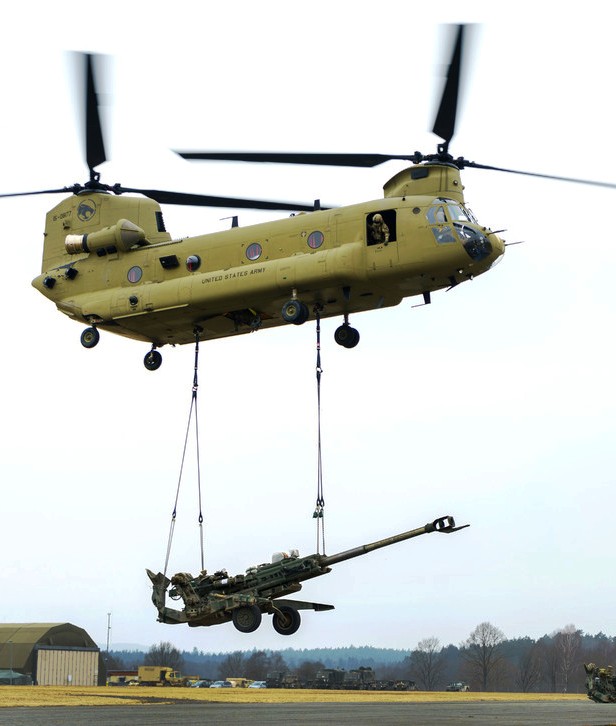


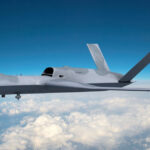
Recent Comments